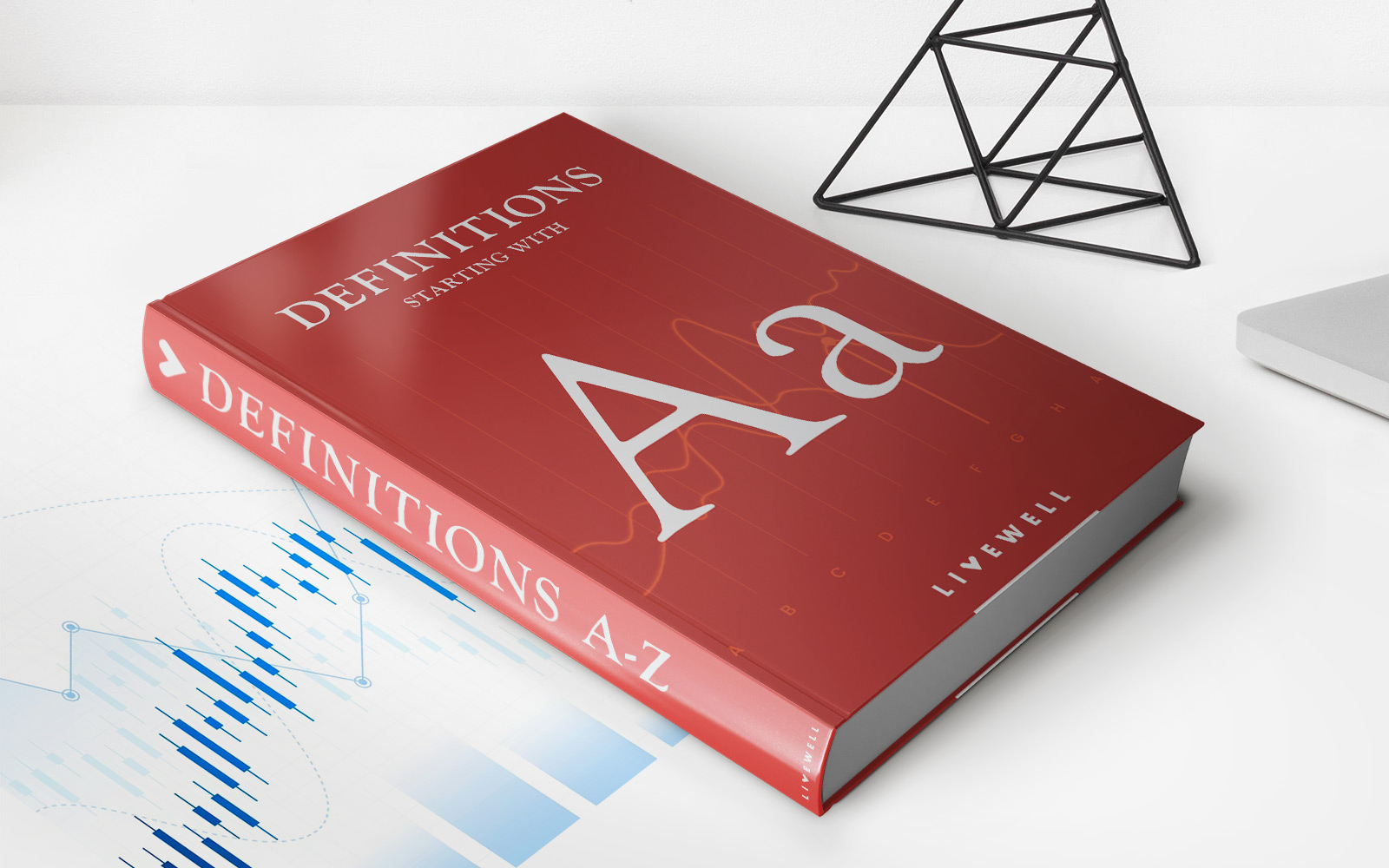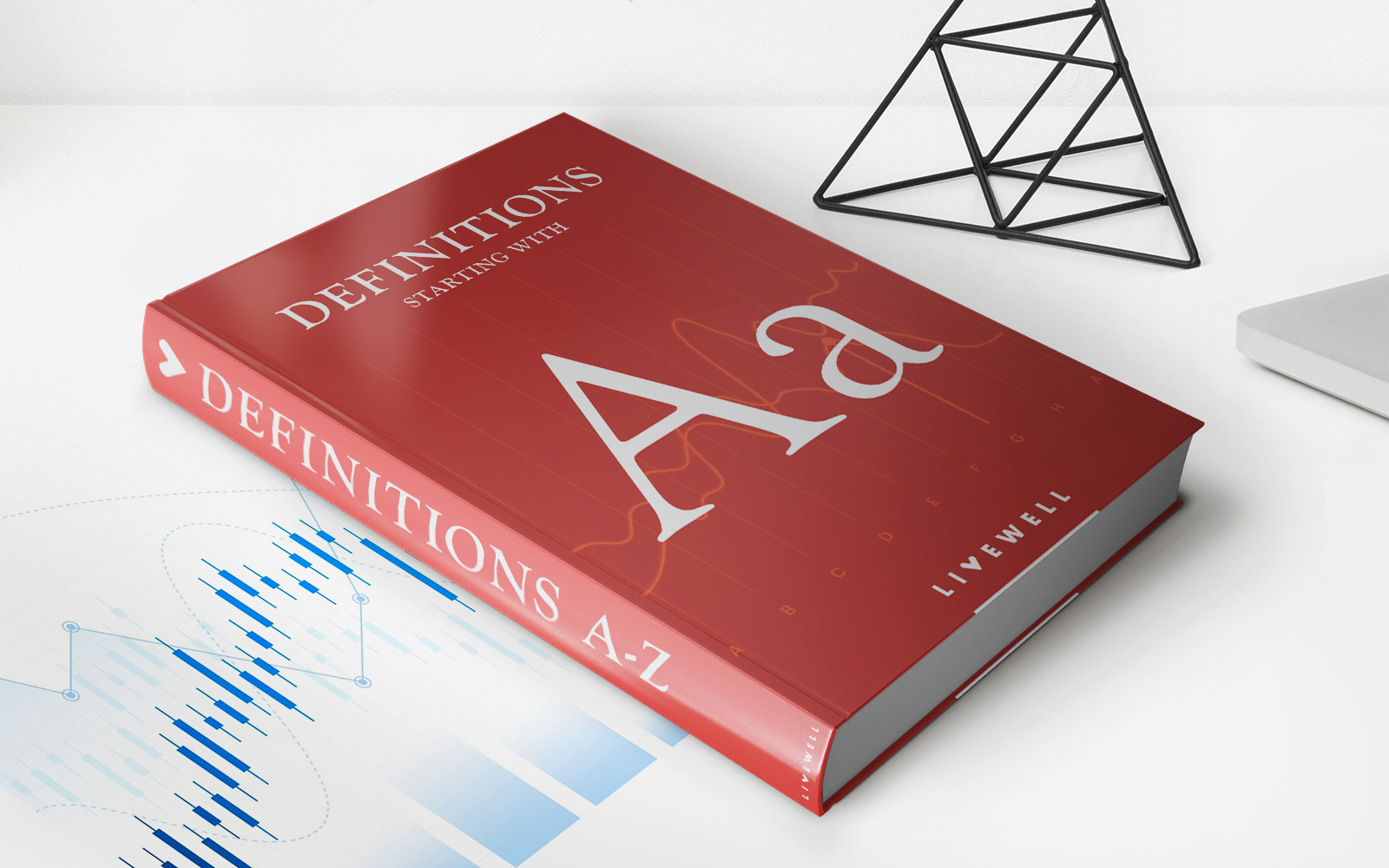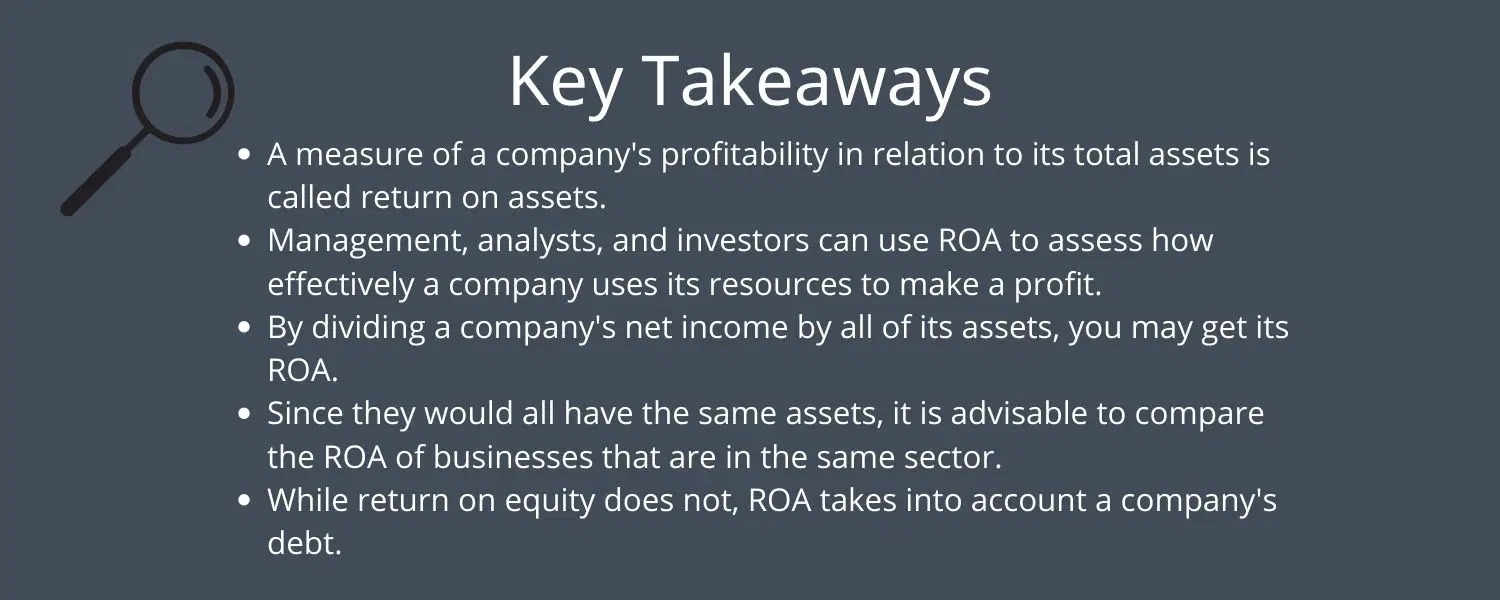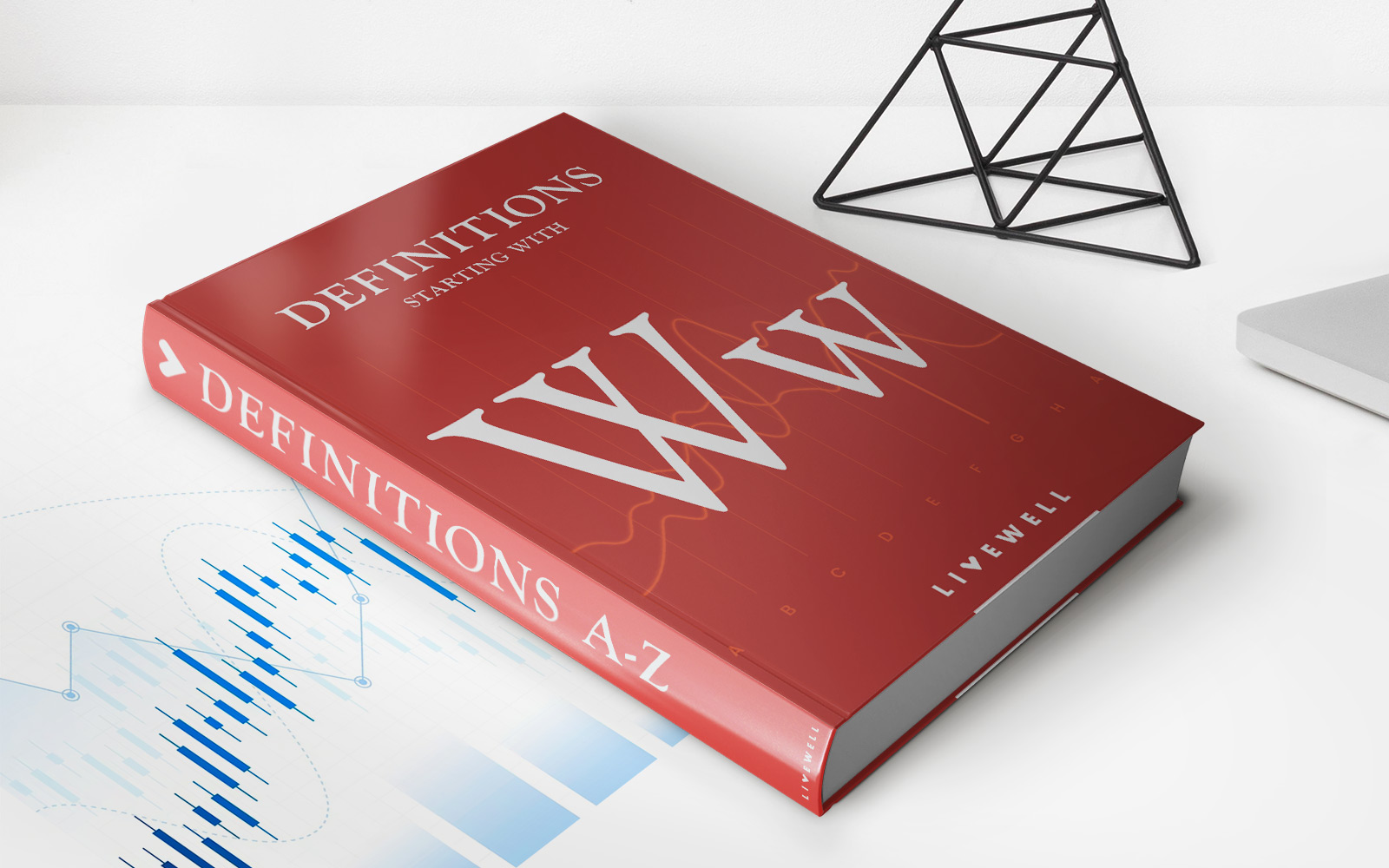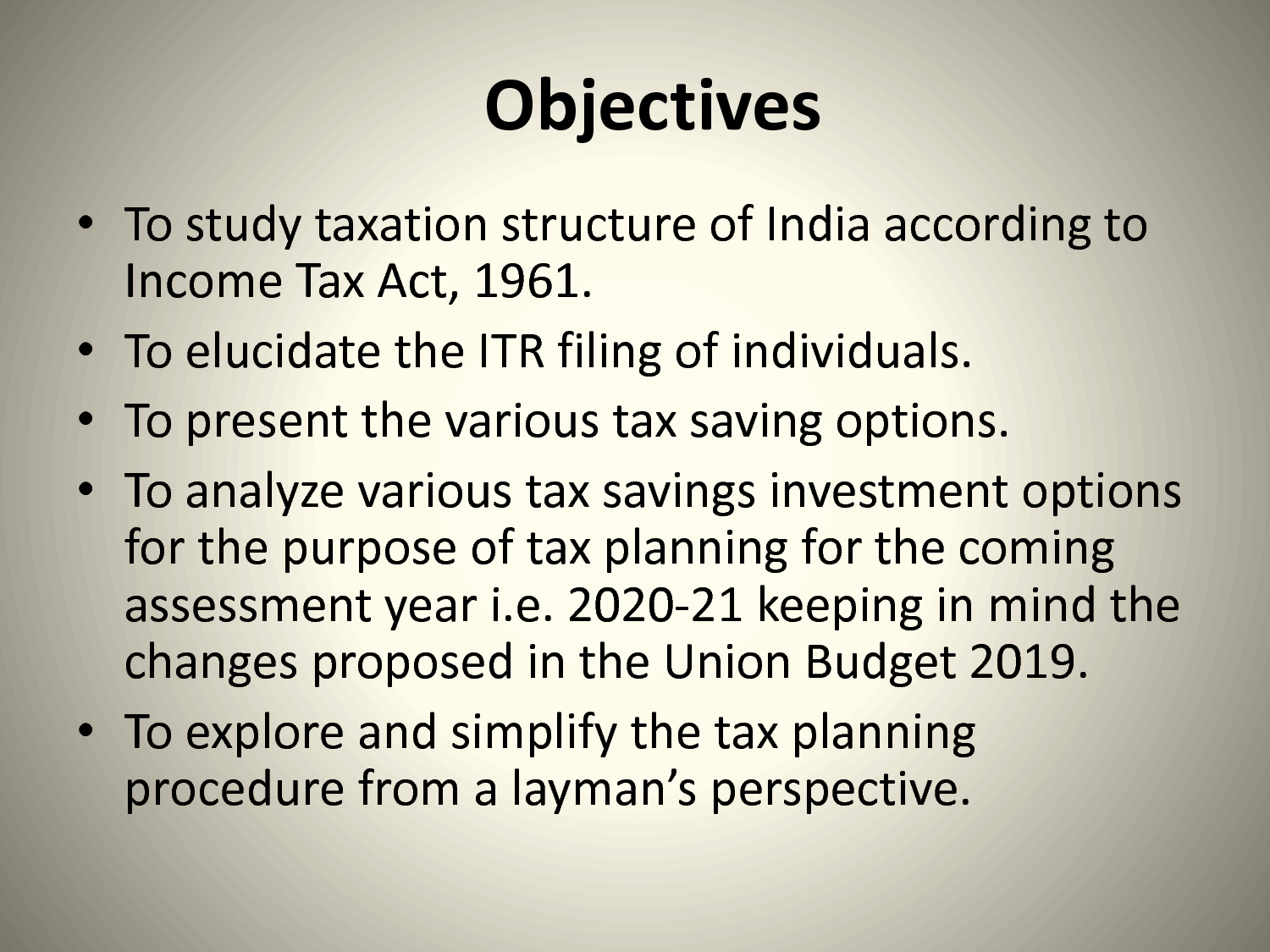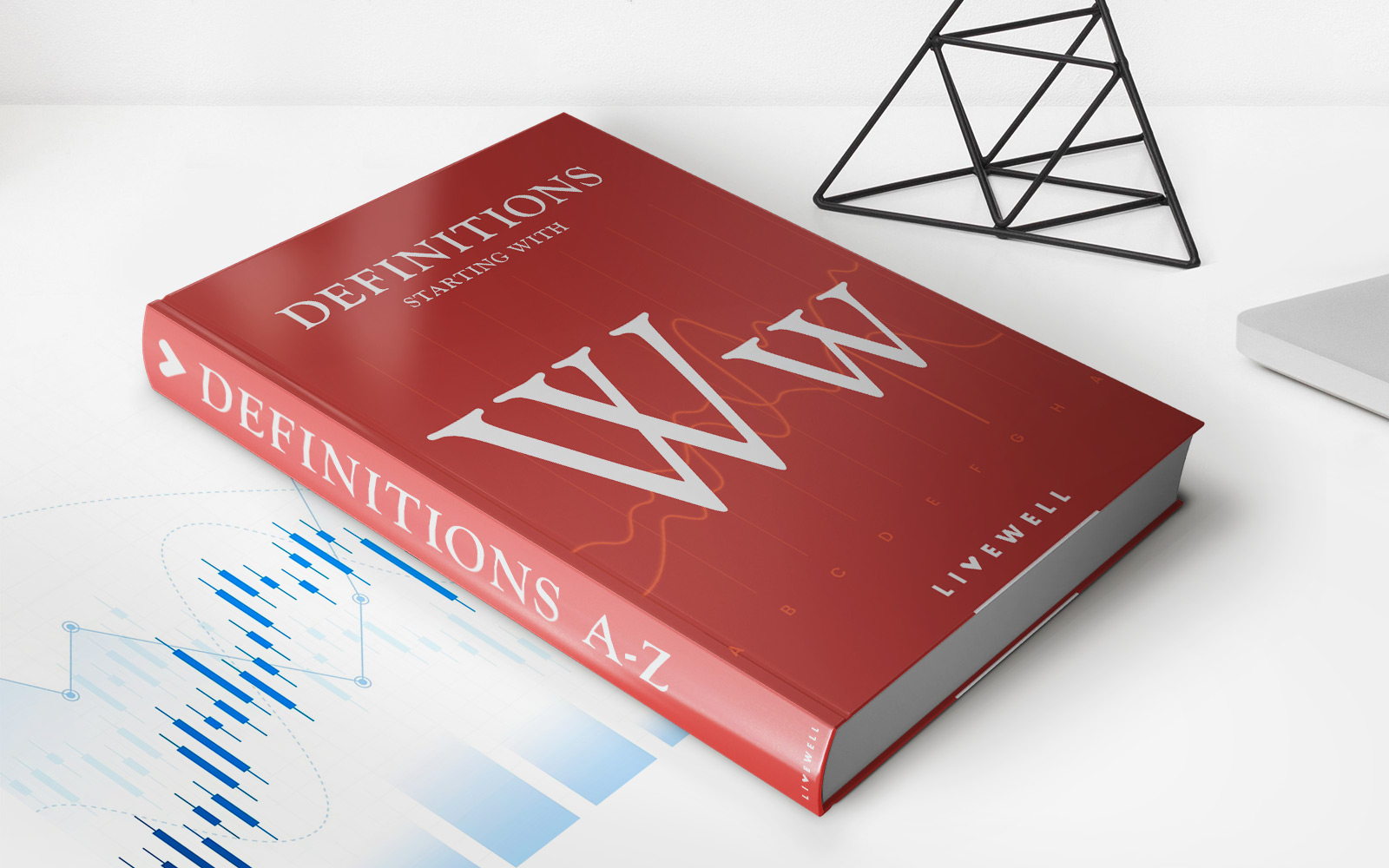

Finance
How To Find Average Cost Accounting
Published: October 8, 2023
Learn how to find the average cost in accounting with this comprehensive guide. Enhance your financial knowledge and improve your finance skills.
(Many of the links in this article redirect to a specific reviewed product. Your purchase of these products through affiliate links helps to generate commission for LiveWell, at no extra cost. Learn more)
Table of Contents
- Introduction
- What is Average Cost Accounting?
- Why is Average Cost Accounting Important?
- The Basics of Average Cost Accounting
- Steps to Calculate Average Cost
- Advantages of Average Cost Accounting
- Limitations of Average Cost Accounting
- Examples of Average Cost Accounting in Practice
- Best Practices for Implementing Average Cost Accounting
- Conclusion
Introduction
Welcome to our comprehensive guide on average cost accounting. If you’re new to the world of finance or looking to expand your knowledge on accounting methods, you’ve come to the right place. In this article, we will explain what average cost accounting is, why it is important, and how it is calculated. We will also dive into the advantages and limitations of using average cost accounting and provide practical examples to help you understand how it is applied in real-life scenarios.
Accounting is a fundamental aspect of financial management, providing valuable insights into a company’s financial health and performance. Among the various accounting methods available, average cost accounting stands out as a widely used approach for managing inventory and determining costs. It offers a simplified way to calculate the average cost of goods or services and can be utilized across different industries and sectors.
Whether you are a business owner, an aspiring accountant, or simply interested in understanding how financial data is managed, this guide will equip you with the necessary knowledge to grasp the fundamentals of average cost accounting. By the end of this article, you will have a solid understanding of how to calculate average cost and the benefits and limitations associated with this accounting method.
Before we delve into the specifics of average cost accounting, let’s take a moment to define what it actually means.
What is Average Cost Accounting?
Average cost accounting is an accounting method that calculates the average cost per unit for items held in inventory or produced by a company. It is a widely used method for determining the cost of inventory items when individual costs are not easily identifiable or when inventory items have similar characteristics and costs.
Under average cost accounting, the total cost of inventory is divided by the total number of units in stock to arrive at the average cost per unit. This average cost is then used to value the inventory and calculate the cost of goods sold.
The concept behind average cost accounting is relatively straightforward. Rather than tracking the costs of each individual item, which can be time-consuming and complex, average cost accounting simplifies the process by taking the total cost of all inventory items and dividing it by the total number of units. This approach provides a more manageable and representative cost figure.
It’s important to note that average cost accounting is most commonly used in situations where:
- Inventory items are indistinguishable in terms of cost or quality.
- The cost of acquiring or producing inventory fluctuates over time.
- There is a need for a consistent and stable cost allocation method.
By using average cost accounting, companies can effectively manage their inventory and accurately determine the cost of goods sold, resulting in more accurate financial statements.
Why is Average Cost Accounting Important?
Average cost accounting is important for several reasons. It provides businesses with a method to allocate costs to inventory items, determine the value of their inventory, and calculate the cost of goods sold. Here are a few key reasons why average cost accounting is important:
1. Simplicity and Efficiency: Average cost accounting provides a simplified approach to cost allocation. It eliminates the need to track individual costs for each item in inventory, which can be time-consuming and complex. By calculating an average cost per unit, businesses can streamline their inventory management process and focus more on core operations.
2. Stability and Consistency: In situations where the cost of acquiring or producing inventory fluctuates, average cost accounting offers stability and consistency. It smooths out the effects of price fluctuations and provides a more reliable cost figure for inventory valuation and reporting purposes.
3. Accurate Financial Reporting: Average cost accounting ensures that the value of inventory and the cost of goods sold are accurately reflected in the financial statements. By using a consistent cost allocation method, businesses can provide reliable financial information to stakeholders, such as investors, creditors, and regulatory authorities.
4. Compliance with Accounting Standards: Average cost accounting aligns with generally accepted accounting principles (GAAP) and international accounting standards. By using this method, businesses can ensure they are in compliance with the required accounting regulations and guidelines.
5. Comparison and Decision-Making: Average cost accounting allows businesses to compare inventory costs across different time periods and make informed decisions based on historical cost data. This information can help management assess the profitability of products, evaluate pricing strategies, and make effective inventory management decisions.
6. Applicability across Industries: Average cost accounting can be applied across various industries and sectors, making it a versatile and widely adopted accounting method. Whether it’s in manufacturing, retail, or service-oriented businesses, average cost accounting provides a practical means of determining the cost of inventory.
In summary, average cost accounting is important as it simplifies cost allocation, ensures stability and consistency, facilitates accurate financial reporting, enables compliance with accounting standards, supports decision-making, and applies to a wide range of industries. By understanding and implementing this method effectively, businesses can enhance their financial management practices and drive success.
The Basics of Average Cost Accounting
Understanding the basics of average cost accounting is essential to effectively implement this method in your financial management practices. Here are the key elements to consider:
1. Cost Allocation: Average cost accounting involves allocating the total cost of inventory items to each unit based on the average cost per unit. This ensures that the cost of goods sold and the value of remaining inventory are accurately represented in the financial statements.
2. Calculation of Average Cost: To calculate the average cost per unit, you divide the total cost of inventory by the total number of units. For example, if a business has 100 units of inventory with a total cost of $10,000, the average cost per unit would be $100 ($10,000 / 100 units).
3. Cost Flow Assumption: In average cost accounting, a cost flow assumption is used to determine which costs are allocated to the cost of goods sold and which costs are allocated to remaining inventory. The most common cost flow assumption is the First-In, First-Out (FIFO) method, where the oldest costs are assigned to the cost of goods sold, and the more recent costs are assigned to inventory.
4. Inventory Valuation: Average cost accounting values the inventory at the average cost per unit. This valuation method offers a balanced approach that reflects the average acquisition or production cost of inventory items, taking into account fluctuations in prices over time.
5. Recording Transactions: To implement average cost accounting, businesses need to accurately record inventory purchases, sales, and any other relevant transactions in their accounting systems. This ensures the proper calculation of average cost and the accurate representation of inventory value and cost of goods sold.
6. Consistency: Consistency is crucial in average cost accounting. Once you choose to use this method, it’s important to apply it consistently throughout different accounting periods. Consistent application of average cost accounting ensures accurate and comparable financial statements.
By understanding these basic principles of average cost accounting, businesses can effectively implement this method and ensure accurate valuation of inventory and cost of goods sold. It enables better decision-making, financial reporting, and compliance with accounting standards.
Steps to Calculate Average Cost
Calculating the average cost in average cost accounting involves a straightforward process. Follow these steps to determine the average cost per unit:
- Determine the Total Cost: Start by adding up the total cost of all inventory items available. This includes the cost of purchasing or producing the items, as well as any additional costs incurred, such as shipping or handling expenses.
- Count the Total Units: Determine the total number of units in stock. This includes both units sold and units remaining in inventory. It’s important to ensure accurate inventory counts to obtain an accurate average cost calculation.
- Divide Total Cost by Total Units: Divide the total cost of inventory by the total number of units. This calculation will give you the average cost per unit. For example, if the total cost is $10,000 and there are 100 units, the average cost per unit would be $100 ($10,000 / 100 units).
Once you have calculated the average cost, you can use this figure to value the remaining inventory and calculate the cost of goods sold using the average cost allocation method.
It’s important to note that when new inventory is purchased or produced, the average cost calculation needs to be updated. This ensures that the average cost reflects the most recent costs incurred. To update the average cost, follow these additional steps:
- Record New Inventory Costs: When new inventory is acquired, record the cost of these items separately. This will be used to calculate the new average cost.
- Recalculate the Average Cost: Add the cost of the new inventory to the previous total cost and adjust the total units accordingly. Recalculate the average cost by dividing the new total cost by the new total units.
By following these steps and regularly updating the average cost calculation, businesses can accurately allocate costs, value their inventory, and report their financial statements with confidence.
Advantages of Average Cost Accounting
Implementing average cost accounting offers various advantages for businesses. Let’s explore some of the key benefits:
1. Simplicity and Ease of Use: Average cost accounting provides a simplified approach to cost allocation, making it easier to calculate and manage inventory costs. It eliminates the need to track individual costs for each item, which can be time-consuming and complex.
2. Smoothes Out Price Fluctuations: Average cost accounting helps mitigate the impact of price fluctuations on inventory valuations. By taking the average cost per unit, businesses can mitigate the effects of highly volatile market prices and stabilize their cost figures.
3. Reduces Administrative Burden: Utilizing average cost accounting reduces the administrative burden of tracking and identifying individual costs for each inventory item. This allows businesses to focus on core operations and other strategic aspects of their financial management.
4. Enhances Decision-Making: Average cost accounting provides useful information for decision-making purposes. By having a consistent and reliable cost figure, businesses can evaluate the profitability of their products, assess pricing strategies, and make informed inventory management decisions.
5. Applies to Similar Inventory Items: Average cost accounting is well-suited for situations where inventory items are similar or have no distinguishing features in terms of cost or quality. This makes it applicable across various industries and sectors.
6. Compliance with Accounting Standards: Average cost accounting aligns with generally accepted accounting principles (GAAP) and international accounting standards. This ensures that businesses are in compliance with the required accounting regulations and guidelines.
7. Predictive Cost Insights: By tracking the average cost of inventory over time, businesses can gain valuable insights into cost trends. This information can be used to project future costs, anticipate potential cost fluctuations, and make more accurate financial forecasts.
8. Consistent Financial Reporting: Average cost accounting facilitates accurate and consistent financial reporting. By using a uniform cost allocation method, businesses can generate reliable financial statements that reflect the true value of inventory and cost of goods sold.
Overall, average cost accounting offers simplicity, stability, and decision-making advantages. It streamlines the cost allocation process, provides a balanced view of inventory costs, and enables businesses to make informed financial decisions.
Limitations of Average Cost Accounting
While average cost accounting offers many benefits, it also has its limitations. It’s important to be aware of these limitations before implementing this accounting method. Let’s explore some of the key drawbacks:
1. Lack of Accuracy: Average cost accounting may not provide the most accurate cost representation, especially when inventory costs vary significantly. By taking an average, it may not reflect the actual costs incurred for individual inventory items.
2. Distorted Profit Margins: Using average cost accounting can distort profit margins, especially if there are significant cost fluctuations over time. It may not accurately reflect the profitability of specific products, which can impact decision-making and pricing strategies.
3. Potentially Misleading Valuation: Average cost accounting may result in an inflated or underestimated valuation of inventory. Depending on the timing of purchases and the cost fluctuations, the average cost may not reflect the current market value of inventory items.
4. Ignoring FIFO Principle: Average cost accounting ignores the First-In, First-Out (FIFO) principle which assumes that the earliest inventory acquired or produced is sold first. This can result in different financial outcomes and may not align with industry norms or specific business practices.
5. Inability to Track Unit Costs: Average cost accounting does not provide insights into the individual unit costs of inventory items. This can be problematic when businesses need to track and analyze specific item costs for performance evaluation or decision-making purposes.
6. Not Suitable for Unique Items: Average cost accounting is not suitable for inventory items with unique characteristics, high value, or specialized production processes. In such cases, other inventory valuation methods like specific identification or weighted average cost may be more appropriate.
7. Doesn’t Account for Seasonal or Cyclical Changes: Average cost accounting treats inventory costs uniformly, without considering seasonal or cyclical price fluctuations. This may lead to distorted cost figures during periods of significant price changes.
8. Difficulty in Inventory Tracking: Implementing average cost accounting requires accurate inventory tracking and updating of cost figures with each new inventory purchase. If inventory records are not properly maintained, the average cost calculation may be inaccurate.
While average cost accounting has its limitations, it remains a widely used and practical method for many businesses. It is important to consider the specific needs and circumstances of your organization when determining whether average cost accounting is the right approach for your inventory management and financial reporting.
Examples of Average Cost Accounting in Practice
Let’s explore a few examples of how average cost accounting is used in practice across different industries:
1. Retail Industry: Retail businesses often have large inventories with items that are priced identically or have minimal cost variations. Average cost accounting allows retailers to calculate the average cost per unit for these items, ensuring that their inventory valuation remains accurate and reflects the average cost of the products they sell.
2. Manufacturing Industry: Manufacturers that produce goods in large quantities often utilize average cost accounting. This method allows them to allocate the costs of raw materials, labor, and overheads to each unit produced during a specific period. By taking the average cost per unit, they can calculate the cost of goods sold and value their remaining inventory.
3. Service Industry: While average cost accounting is commonly associated with physical products, it can also be applied in the service industry. For example, a software development company that offers different service packages may use average cost accounting to determine the average cost per service unit, considering factors such as labor costs, overheads, and development time.
4. Agricultural Industry: Farms and agricultural businesses can also benefit from average cost accounting. For instance, a livestock farmer can calculate the average cost per animal by considering factors such as feed expenses, veterinary costs, and labor. This approach helps in determining the cost of raising each animal and ultimately valuing the livestock inventory.
5. Wholesale Industry: Wholesalers dealing with large quantities of similar products often find average cost accounting useful. By calculating the average cost per unit, wholesalers can determine the cost of goods sold and ensure accurate pricing and profitability analysis.
These examples illustrate how average cost accounting can be applied across various industries to streamline inventory management, accurately determine costs, and make informed financial decisions.
Best Practices for Implementing Average Cost Accounting
Implementing average cost accounting effectively requires careful consideration and adherence to best practices. Here are some key guidelines to follow:
1. Consistency: Consistency is paramount in average cost accounting. Once you decide to use this method, maintain consistency in applying it across different accounting periods. This ensures accurate and comparable financial statements.
2. Accurate Inventory Tracking: Maintain accurate records of inventory purchases, sales, and adjustments. Regularly update inventory counts to ensure the calculation of average cost is based on the latest information. Implementing robust inventory management systems can streamline this process.
3. Timely Cost Updates: Update the average cost calculation promptly when new inventory is acquired. This ensures that the average cost accurately reflects recent costs incurred. Delayed updates can lead to misrepresentative cost figures and potentially impact financial reporting.
4. Proper Cost Assignment: Ensure that costs are correctly assigned to the appropriate inventory items. Accurate tracking of costs, including associated expenses like shipping or handling fees, is crucial for calculating the average cost per unit.
5. Regular Financial Analysis: Perform regular financial analysis using average cost accounting data. Evaluate the profitability of products or services, assess pricing strategies, and identify areas for cost optimization or efficiency improvements.
6. Keep Historical Data: Retain historical average cost data for future reference and comparison. This allows for trend analysis and helps in making informed decisions based on past cost patterns.
7. Periodic Inventory Audits: Conduct periodic inventory audits to verify the accuracy of inventory records and ensure that the physical count matches the recorded quantity. This helps in maintaining the integrity of the average cost calculation and ensures accurate financial reporting.
8. Stay Informed: Stay updated on accounting standards, regulations, and changes related to average cost accounting. This ensures compliance with relevant guidelines and facilitates accurate financial reporting.
9. Consider Alternative Methods: Evaluate whether average cost accounting is the most suitable method for your business. Depending on the nature of your inventory and industry practices, other methods like specific identification or weighted average cost may be more appropriate.
By following these best practices, businesses can ensure accurate implementation of average cost accounting, maintain reliable financial records, and make informed decisions based on cost analysis.
Conclusion
Average cost accounting is a valuable tool for businesses in effectively managing their inventory and determining the cost of goods sold. It offers a simple and streamlined approach to cost allocation, allowing businesses to calculate the average cost per unit and accurately value their inventory.
In this comprehensive guide, we have covered the fundamentals of average cost accounting, including its definition, importance, calculation methods, advantages, limitations, and practical examples. By understanding these concepts, businesses can make informed decisions about when and how to implement average cost accounting to optimize their financial management practices.
While average cost accounting provides benefits like simplicity, stability, and ease of use, it is important to be aware of its limitations. Accuracy, potential distortion of profit margins, and possible misleading valuations are important considerations when using this method. These limitations emphasize the importance of careful implementation and adherence to best practices.
To implement average cost accounting effectively, businesses should follow best practices such as maintaining consistency, accurate inventory tracking, timely cost updates, and regular financial analysis. They should also stay informed about accounting standards and consider alternative methods if necessary.
By utilizing average cost accounting in a thoughtful and strategic manner, businesses can improve their inventory management, generate accurate financial statements, and make well-informed decisions based on reliable cost data. This method serves as a valuable tool for businesses across various industries, enabling them to navigate the complexities of cost allocation and inventory valuation.
In summary, average cost accounting is a widely used accounting method that simplifies inventory cost allocation and facilitates accurate financial reporting. By applying the principles and best practices outlined in this guide, businesses can harness the benefits of average cost accounting and enhance their financial management practices for sustained success.
